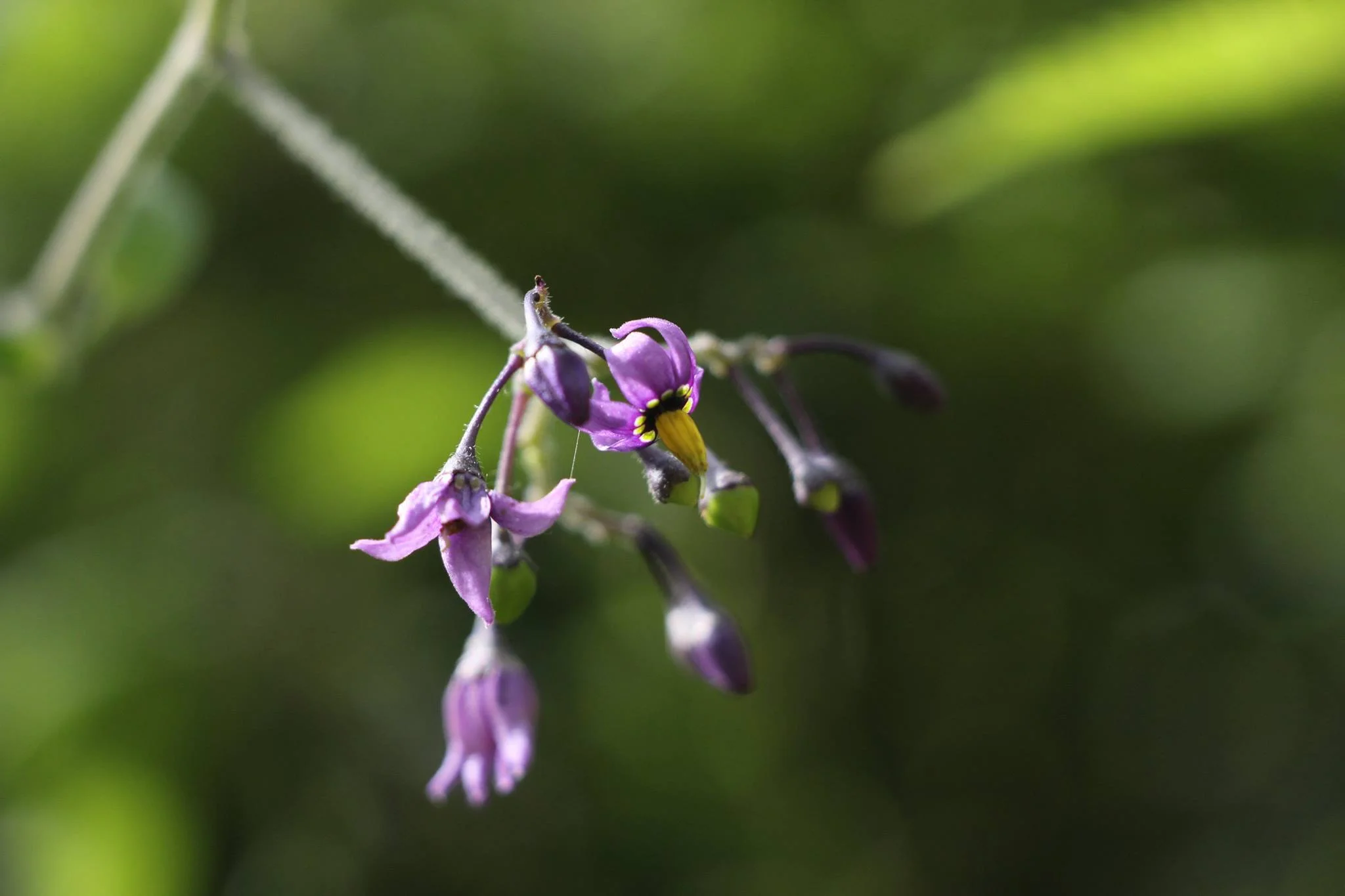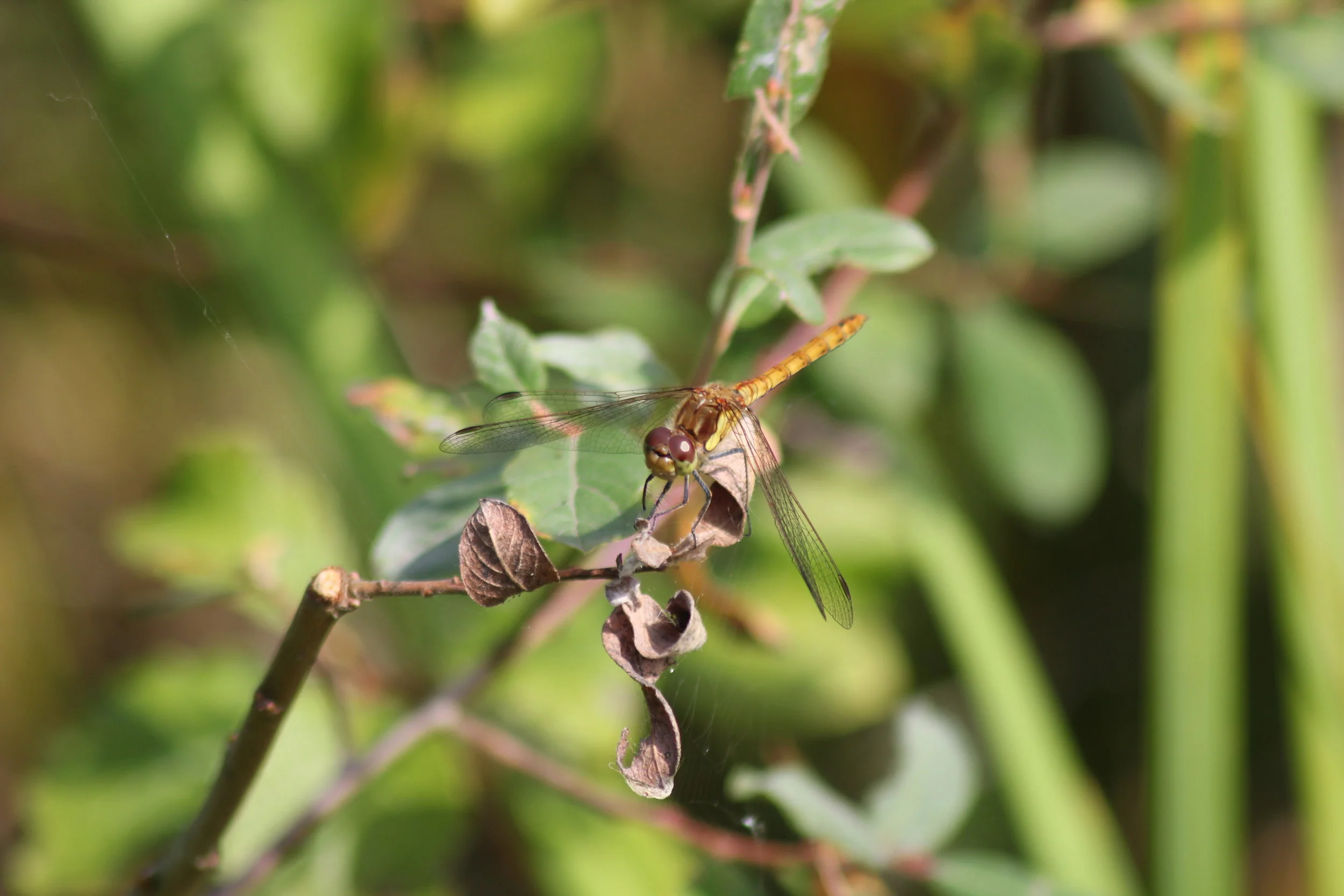Week Four: Past Odds and Ends
Due to work commitments and an incredibly hectic week, I haven’t had chance to head out wit the camera in search of curious things to ID. I definitely didn’t want to skip a week of the challenge though, so I headed to my photography archives to find a few pictures that I’d meant to ID and never got round to. They were taken in varying locations, so it’s a bit of a mix I’m afraid but I’m pleased I finally know what they are.
Marbled White (Melanargia galathea)
Marbled White
I took this picture a few years ago on Hayling Island. We were staying on a campsite right by the estuary and spent most days walking along the overgrown path, which was teeming with the flickering wings of summer butterflies. I was drawn to it’s striking markings; an eye catching pattern of dark brown and white. According to the Collins Wild Guide Butterflies and Moths, the markings can vary in colour from black to brown or sometimes a greenish colour, but the markings on both males and females are the same. This common butterfly, with a wingspan of roughly 4.6-5.6cm, is relatively common in South England, and can be found haunting grassy areas in early summer.
I identified the marble white by posting my picture in a UK butterfly Facebook group.
Woody Nightshade (Solanum dulcamara)
Woody Nightshade
This photo is again, a couple of years old. I took it whilst on a macro photography course at Blashford Lakes - which was thoroughly enjoyable and completely immersive. I stumbled upon this purple beauty lurking in the hedgerow and brambles that lined the more wooded area of the nature reserve. It is part of the nightshade family, and whilst not as poisonous as it’s toxic cousin - deadly nightshade, I still wouldn’t want to ingest any of the bitter red berries that it boosts at certain times of the year. In fact, it is often confused with deadly nightshade, so probably best to heed natures warning and not chow down on any red berries from the plants.
This common plant is often referred to as bittersweet and the attractive purple flowers certainly made for an interesting photography subject.
Again, I identified this plant with the help of a Facebook group, this one specifically for wildflowers (I must invest in a good wildflower field guide)
Common Darter (Sympetrum striolatum)
common darter
I can’t quite remember where I saw this wee beastie, I think it was probably Langford Lakes in Wiltshire but I could be wrong. The fact that this species of dragonfly can be found either near ponds, or away from water on woodland rides, doesn’t really help me narrow down my search.
This specimen is a female common darter, who has slightly more yellow body than the male, whose body is an orange colour that brightens as it matures. It’s relatively common and can be seen on the wing from around July to October.
I love the name ‘darter’ - it perfectly describes their flight style and I and I can see them in my minds eye darting this way and that, as they hunt their unsuspecting insect lunches.
To identify this beautiful beast I asked around on Facebook and then headed over to the British Dragonfly Society website to find out more.






